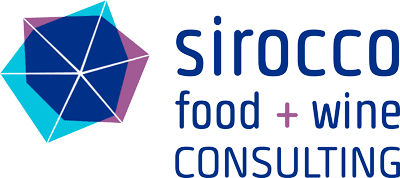I just wanted to take a moment to thank you Karine Lawrence for the excellent PCQI V2 course you taught. I truly appreciated how detailed and thorough you were in your explanations. You took the time to ensure I understood the concepts, and I learned a great deal from you.
Your patience and the way you clarified each point made the training very effective. I feel much more confident now, and I know I will be able to apply the knowledge and skills I gained in my career moving forward.
I’m very grateful for the time and effort you spent with me. Thank you again for such a valuable learning experience.



